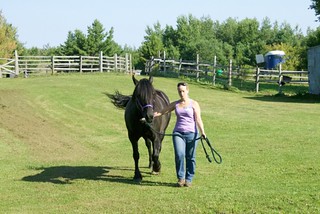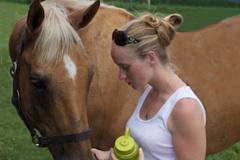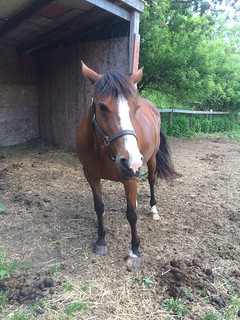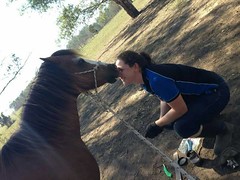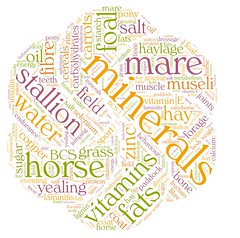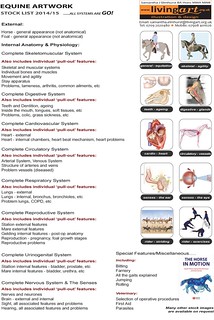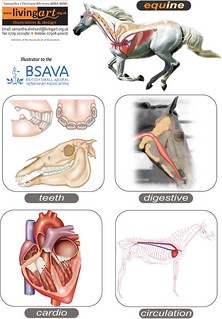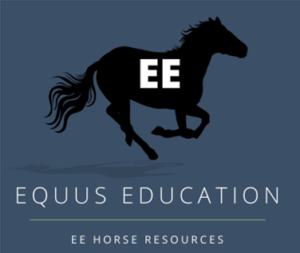How much of your day/week is related to horses?
Almost all of the working day and much of the night and weekends – such are the joys of Facebook!
What is it exactly that you do?
I am Research and Marketing Director for EquiFeast. Combining customer contact and technical responsibilities has enabled me to develop products that really help solve rider problems. As our team grows I encourage the same focus on horse and rider needs.
But our strength also lies in our willingness to try novel things. Chelated calcium is proving to improve functions all over the horse and it is very exhilarating to see such a novel approach make our customers smile.
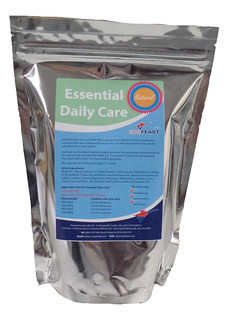
Favorite horse memory?
Winning an unaffiliated prelim dressage test at a local dressage centre on Paddy the horse that got us started down the chelated calcium route. I am the worlds worst rider but 69.55 was a great score from a horse that previously used to enter at A and canter to B and then C before thinking about jumping the judge’s car.
Watching other riders I think it has to be watching Laura Bechtolsheimer (now Tomlinson) winning Gold and Bronze at London 2012 using our chelated calcium supplement!!!
Future goals?
Getting a better understanding of what chelated calcium can do and taking the technology beyond improving behaviour and performance and making progress with health and welfare issues. Top targets for 2016 are mobility (Kissing Spine and less extreme conditions) and Cushings (big trial with the Royal Agricultural University about to start).
Best thing about your job?
Definitely getting calls from customers saying we have saved their wild and uncontrollable horse from the doggers.
“The essential joy of being with horses is that it brings us in contact with the rare elements of grace, beauty, spirit and freedom.” – Sharon Ralls Lemon
